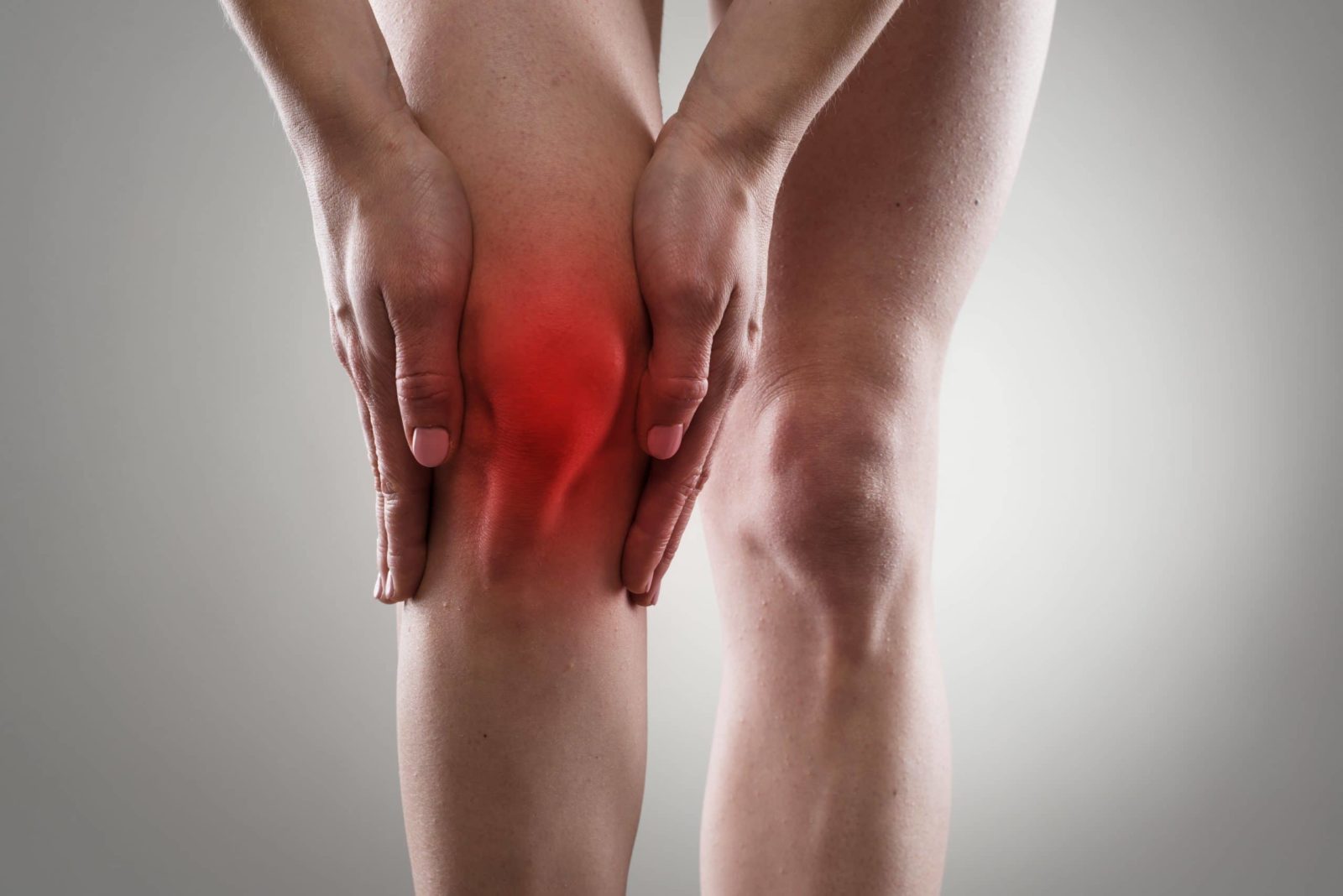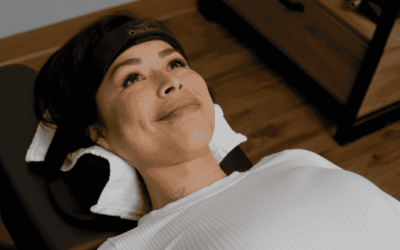Jumper’s Knee: Things You Need to Know About Patellar Tendonitis
The knee is the largest joint in the body. Not only that, but it’s also the most complex. For one thing, it’s made up of three bones—the femur, tibia, and patella.
At the same time, however, it’s also the joint that’s most likely to be injured. Take ACL injuries, for example—they occur when you tear or sprain one of the ligaments that keep your knee in place.
Patellar tendinitis aka jumper’s knee is another example. Instead of the ligaments, however, it affects the tendons.
What causes it? How can you treat it? Keep reading to find out!
What is Patellar Tendonitis?
Patellar tendonitis, also known as jumper’s knee, is a condition in which the patellar tendon becomes inflamed. Generally speaking, it occurs just below the kneecap.
In the initial stages, the pain may be sporadic; swelling may also be present. As the tendon becomes more damaged, however, it can progressively get worse. For example, it’s not uncommon for it to interfere with daily activities such as sitting or climbing stairs.
Causes For Patellar Tendonitis
Patellar tendonitis occurs when there’s repeated stress on the knee. Ultimately, it’s this stress that causes tears in the tendon.
More often than not, it’s due to sports or exercise. Certain things can also contribute to the condition such as obesity, improperly fitted shoes, misaligned feet, or uneven leg strength.
Note: Athletes tend to be at a higher risk due to their long training sessions.
Natural Treatments for Patellar Tendonitis
It’s possible to treat jumper’s knee without any medication. For example, you can apply ice. Not only will it alleviate the pain, but it’ll also bring down the swelling.
Don’t apply the ice directly to your knee, though. Instead, wrap it in a towel so that it won’t come into direct contact with your skin.
Aside from that, there are stretching exercises that you can do that’ll help. Ultimately, the goal is to lengthen the muscle-tendon unit so that there will be fewer muscle spasms.
Chiropractic Treatment for Patellar Tendonitis
There are a few different ways that a chiropractor can treat jumper’s knee. For instance, they can use electrical muscle stimulation to loosen the tendon, which will relieve pain.
From there, they can manipulate the joint once the inflammation goes down. Depending on the severity, they may also recommend physical or massage therapy.
On top of that, there are strengthening exercises that they can teach you that’ll help strengthen the knee joint.
Treating Jumper’s Knee
Hopefully, that gives you a better understanding of how to treat jumper’s knee. As you can see, there are different methods that you can use to relieve the pain—chiropractic care being one of them!
Looking for a chiropractor in the Mill Creek area? Feel free to contact us to set up an appointment!




